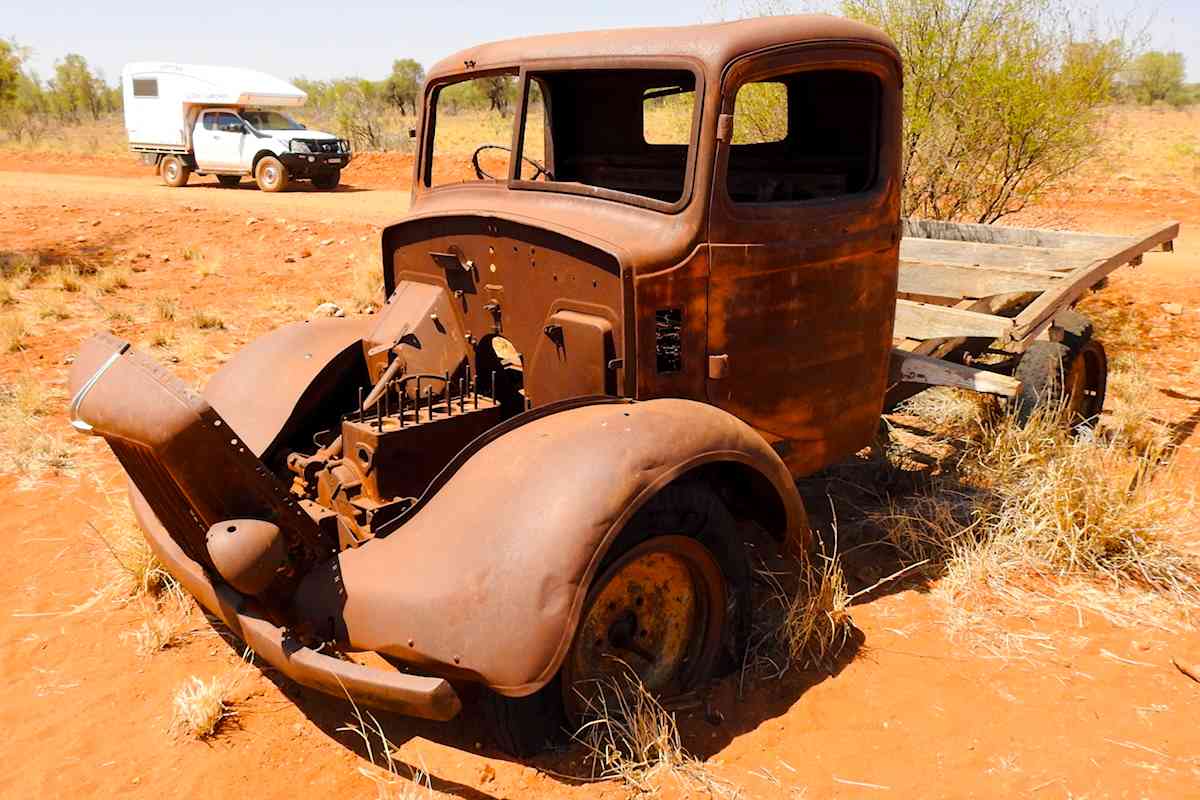Binns Track was named in honour of Bill Binns, an NT Parks Ranger who became the Executive Director over his 32 year career.
The track starts at Timber Creek in the north-west of the NT. It traverses some very remote country on the way, including Judburra and Davenport Ranges National Parks. It then wanders alongside the Eastern MacDonnell Ranges near Alice Springs and then tracks through the western Simpson Desert.
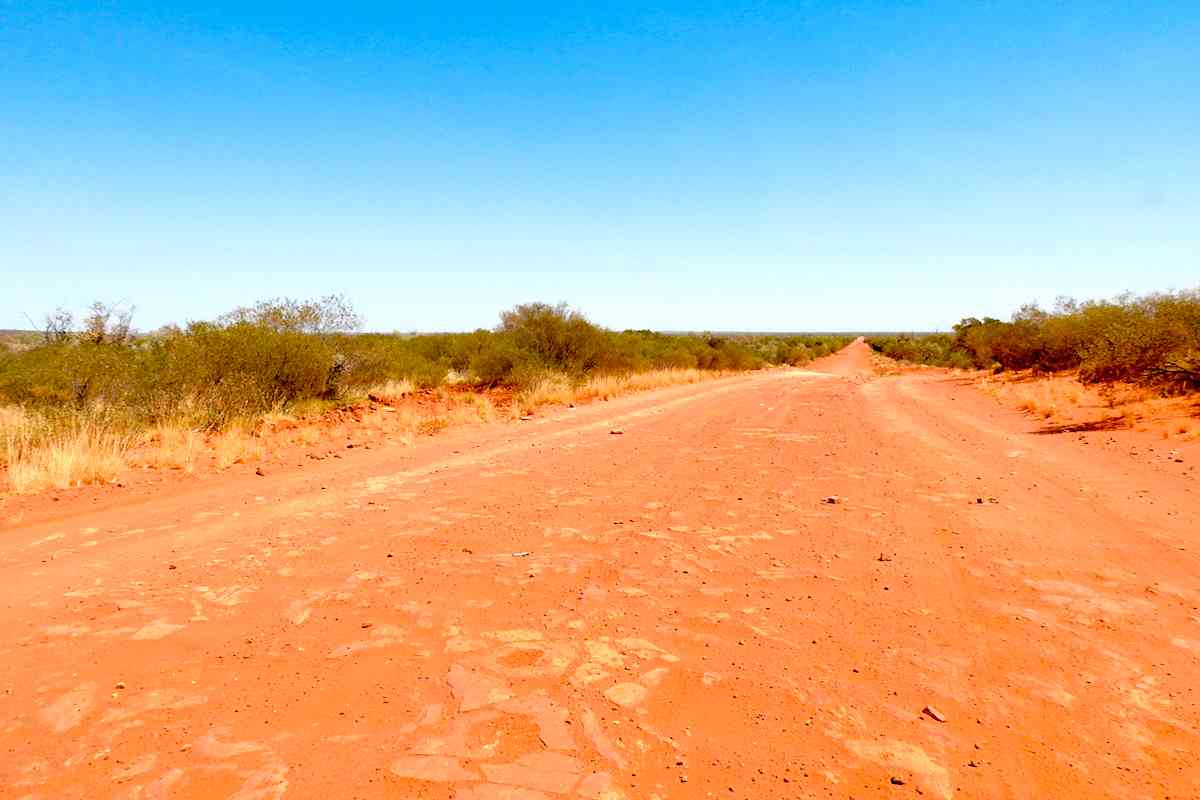
It finally reaches its destination, some 2,200kms later, at Mt. Dare in northern SA.
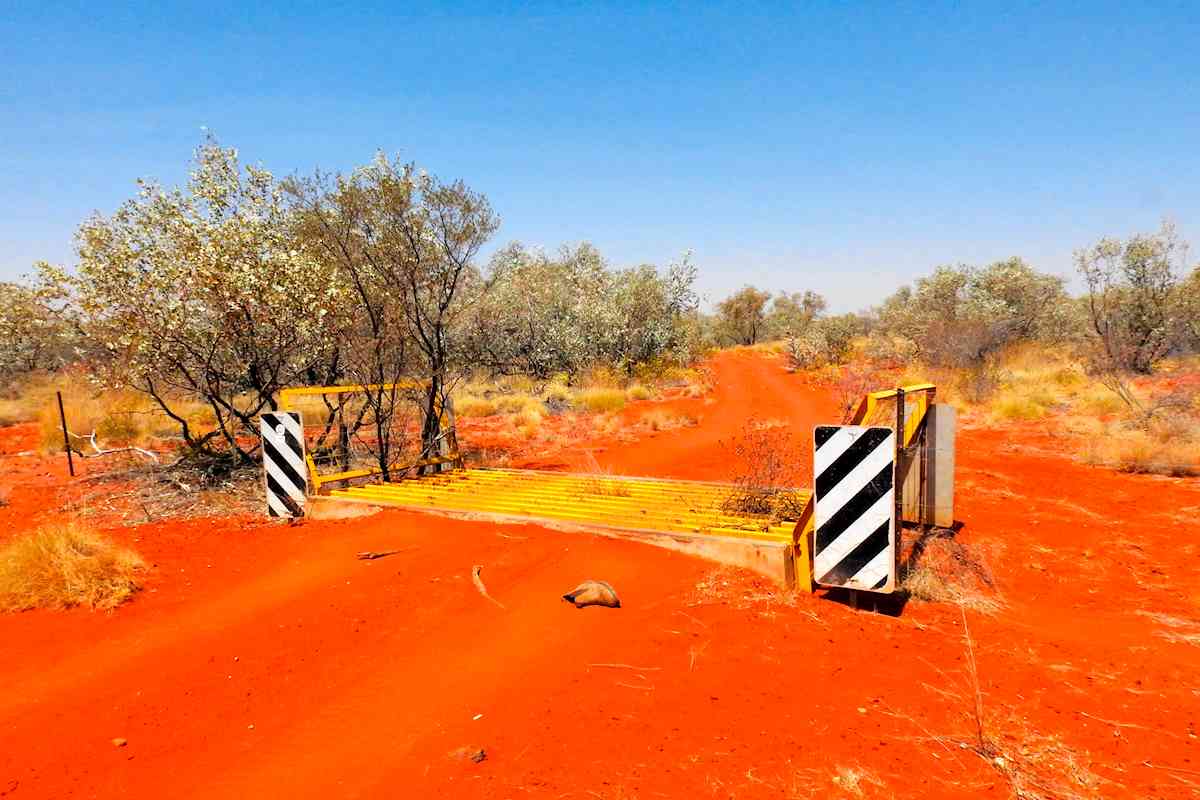
Along the way, it is a mixture of rough 4WD tracks, good and bad dirt roads and even some pretty smooth bitumen.
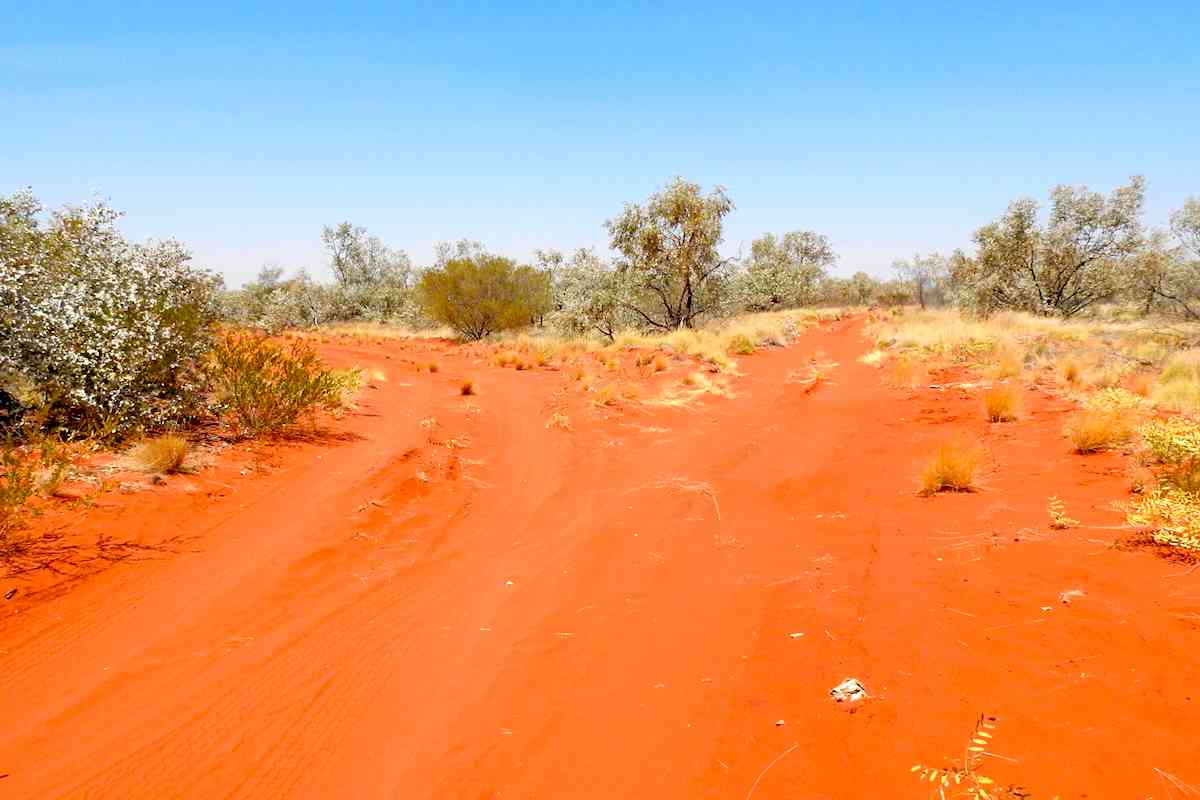
There was also little signage along the track and sometimes it was a bit of a guess as to which way to go!
As it was warming up in the north, I thought to make my way down south again. I decided it would be more fun to follow Binns Track than the boring Stuart Highway, which is probably the most tedious road in the world!
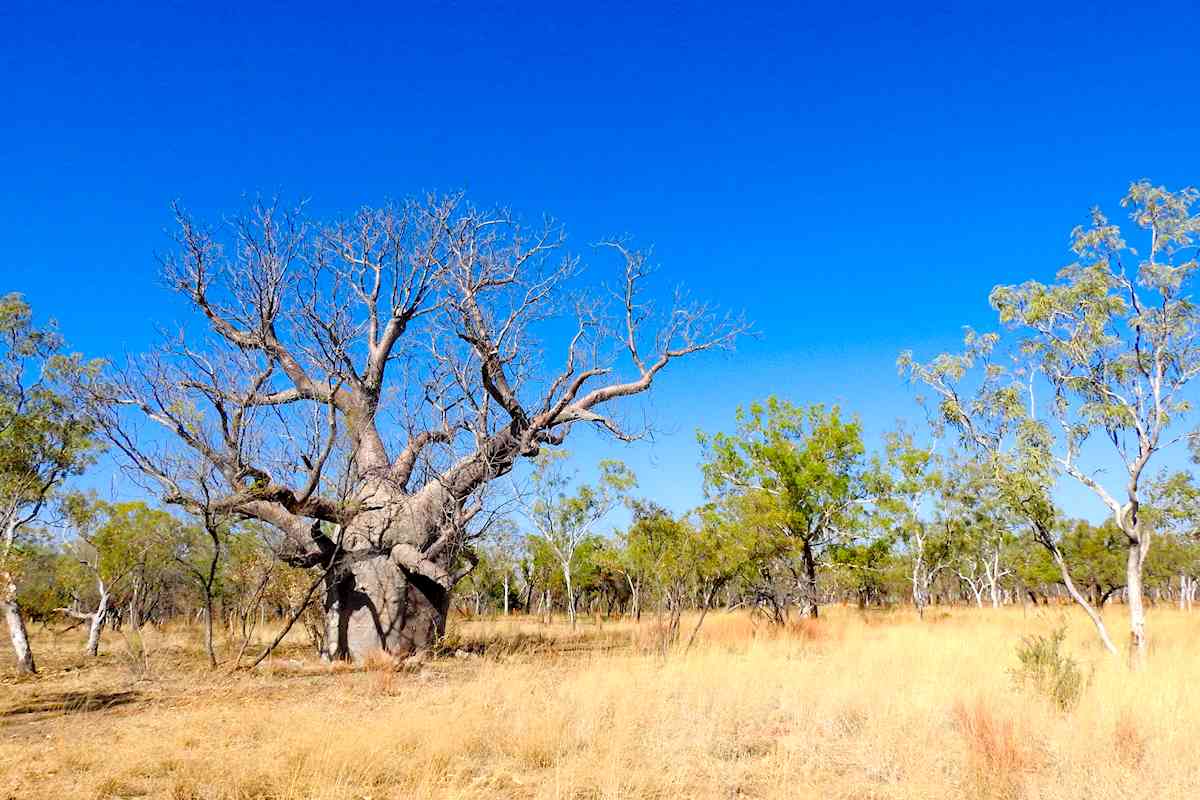
Judburra/Gregory National Park is the second largest national park in the NT, after Kakadu. There is a violent past here, with both Aboriginal and early European pastoral history being significant.
The Aboriginal people in this area fought aggressively against the invasion of their lands by the early settlers. There are many stories of violent clashes between both parties. But the Aboriginals could not compete against vengeance by European weapons. The names of many local creeks reflect this bloodstained history – there are several Skull and Battle Creeks in this area.
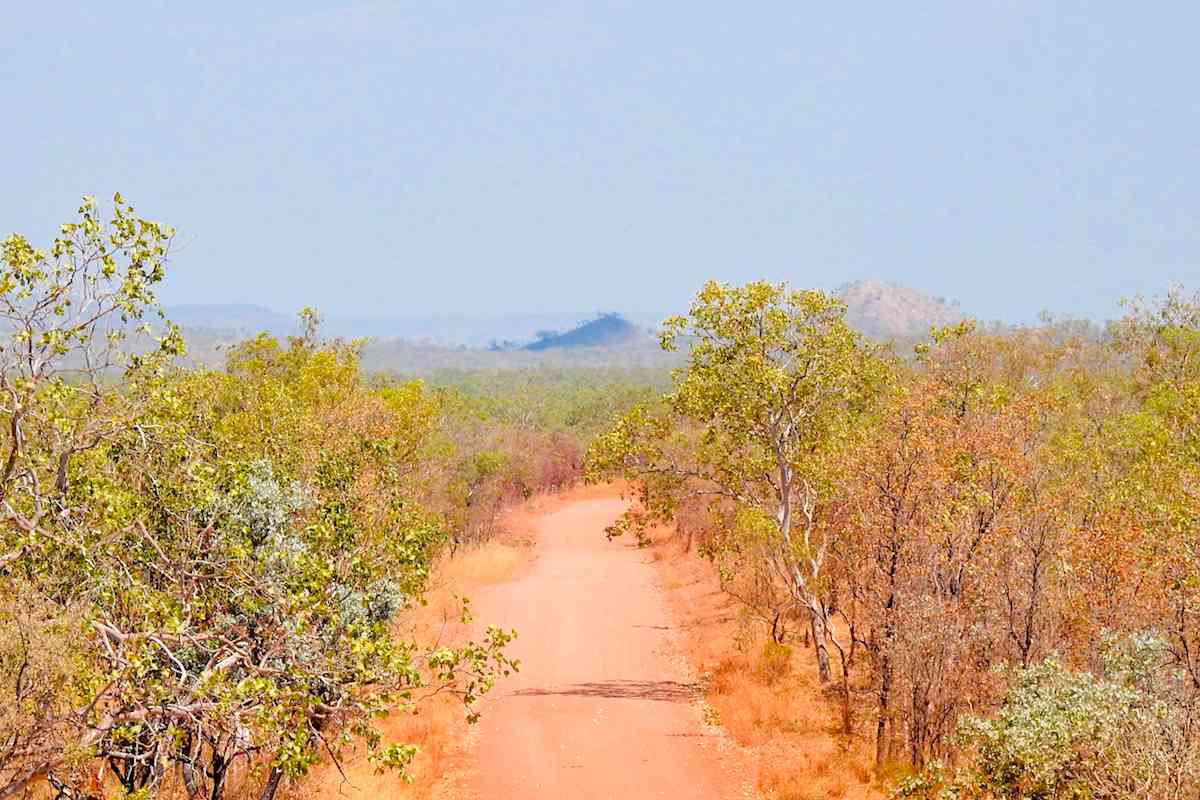
The park comprises two former pastoral leases, Humbert River and Bullita. Humbert River station was managed from 1928 until 1971 by Charlie Schultz, who was a legendary figure in these parts. He was one of the first ‘whitefellas’ to utilise Aboriginal people as workers on his pastoral lands and ensured his charges were looked after and educated. In doing this, he was a rare breed in this isolated area.
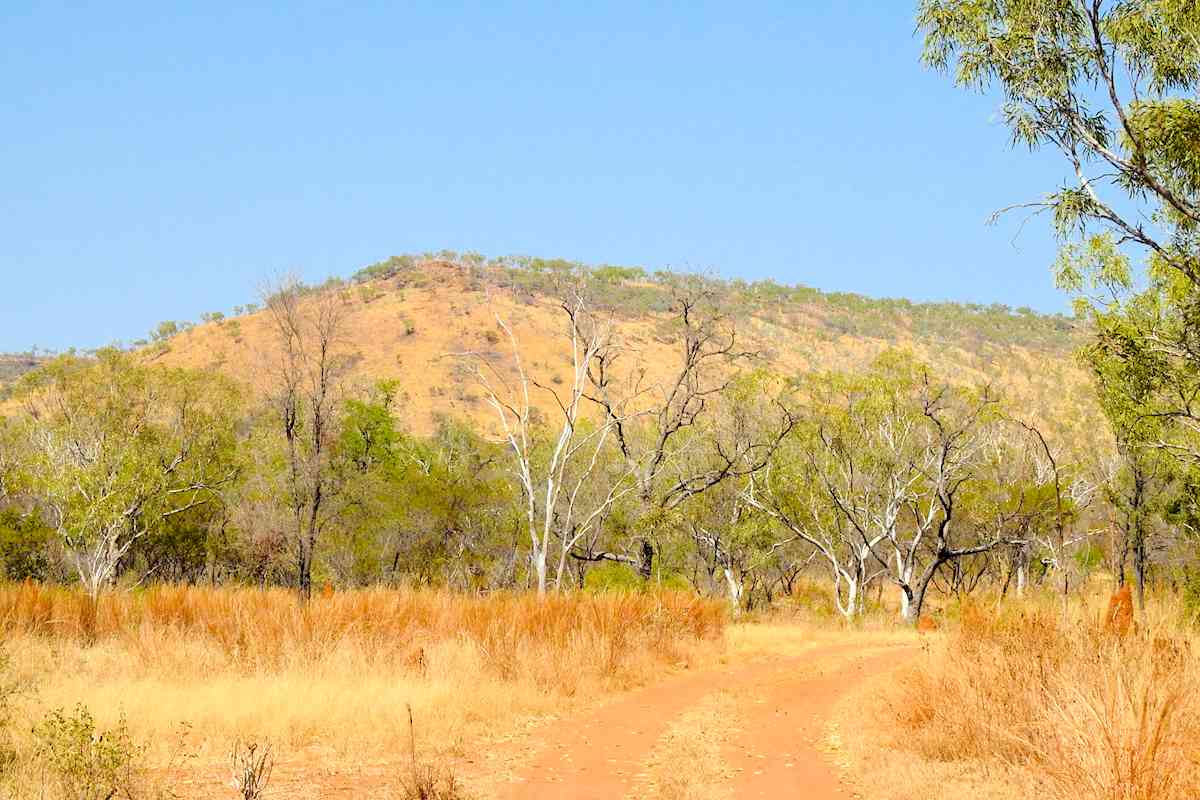
This is wild and stony country. Looking at it, it is hard to understand how it supported cattle. And easy to understand why they didn’t know how many cattle they actually owned! Stock was droved long distances over the tough country, to get to available markets.
Despite setbacks, Charlie persevered and made Humbert River a successful station.
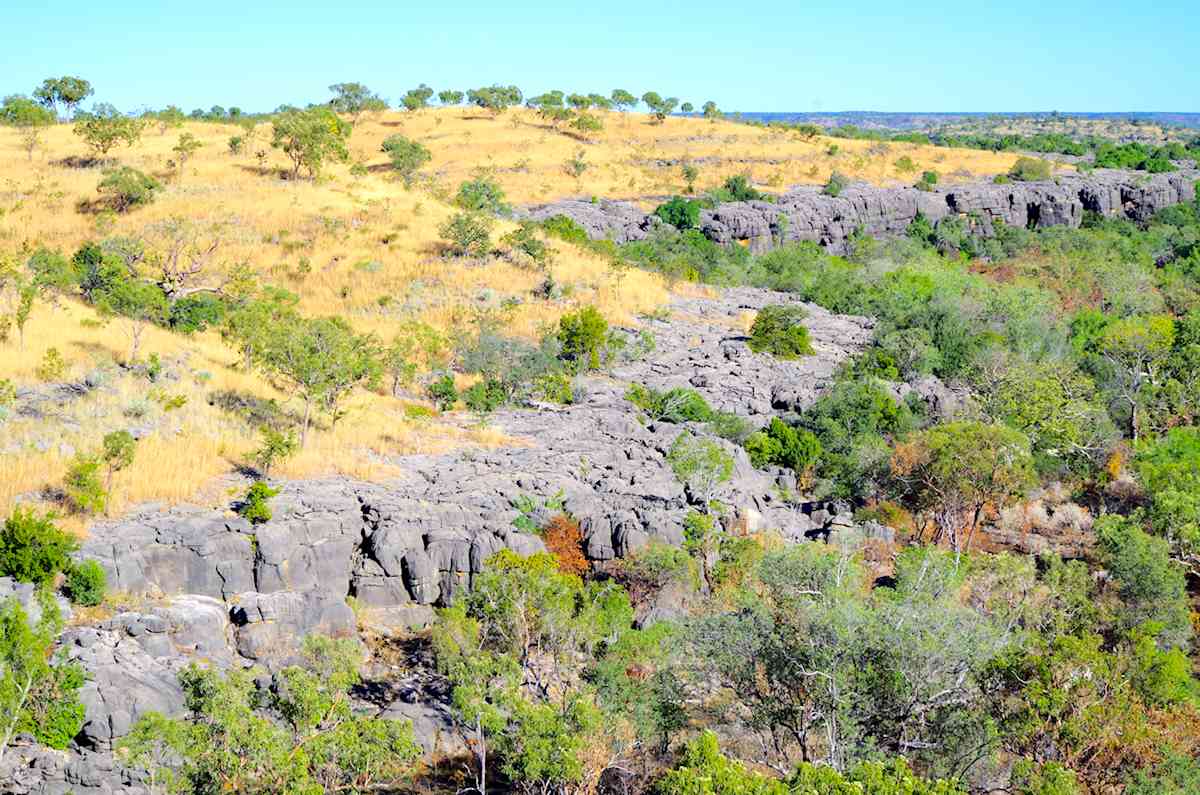
The entire area is covered by sharp black rock and Limestone Gorge is a dramatic place to visit. Here, the karst forms a dramatic cliff to the river bed below.
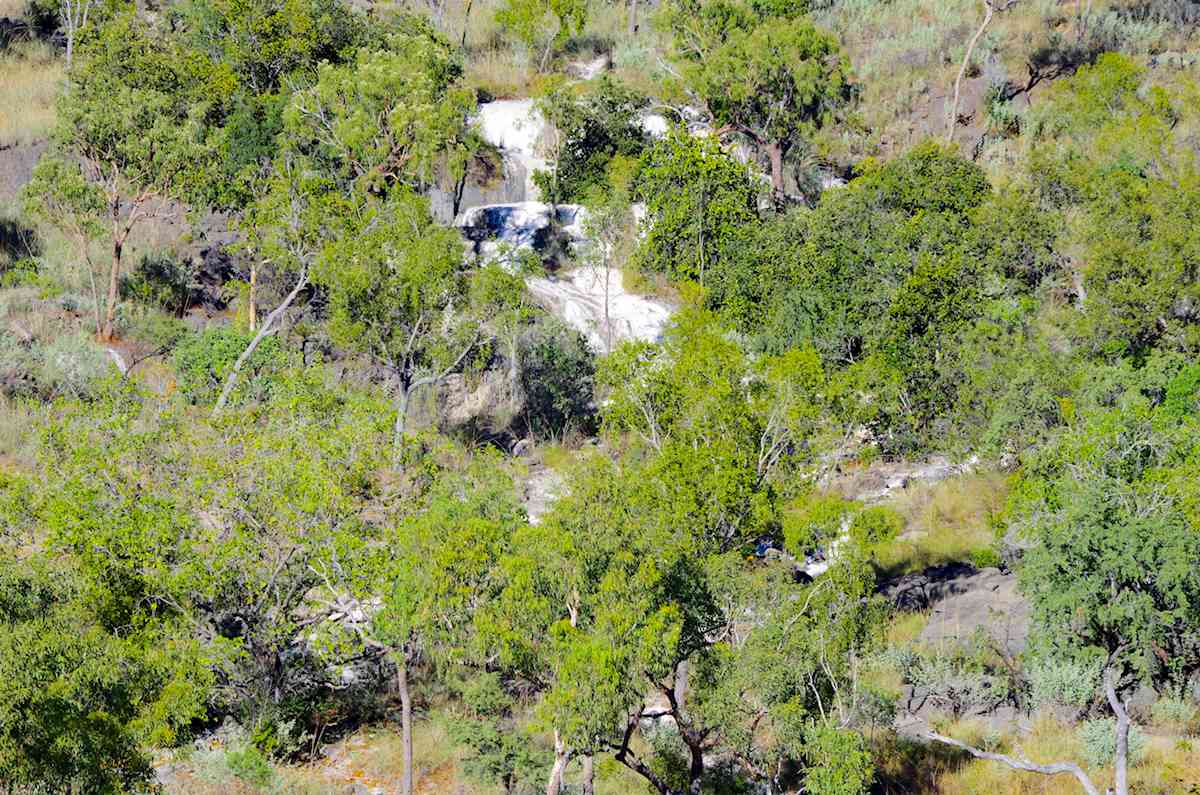
A flow of calcite looks like a white waterfall down the steep slope.
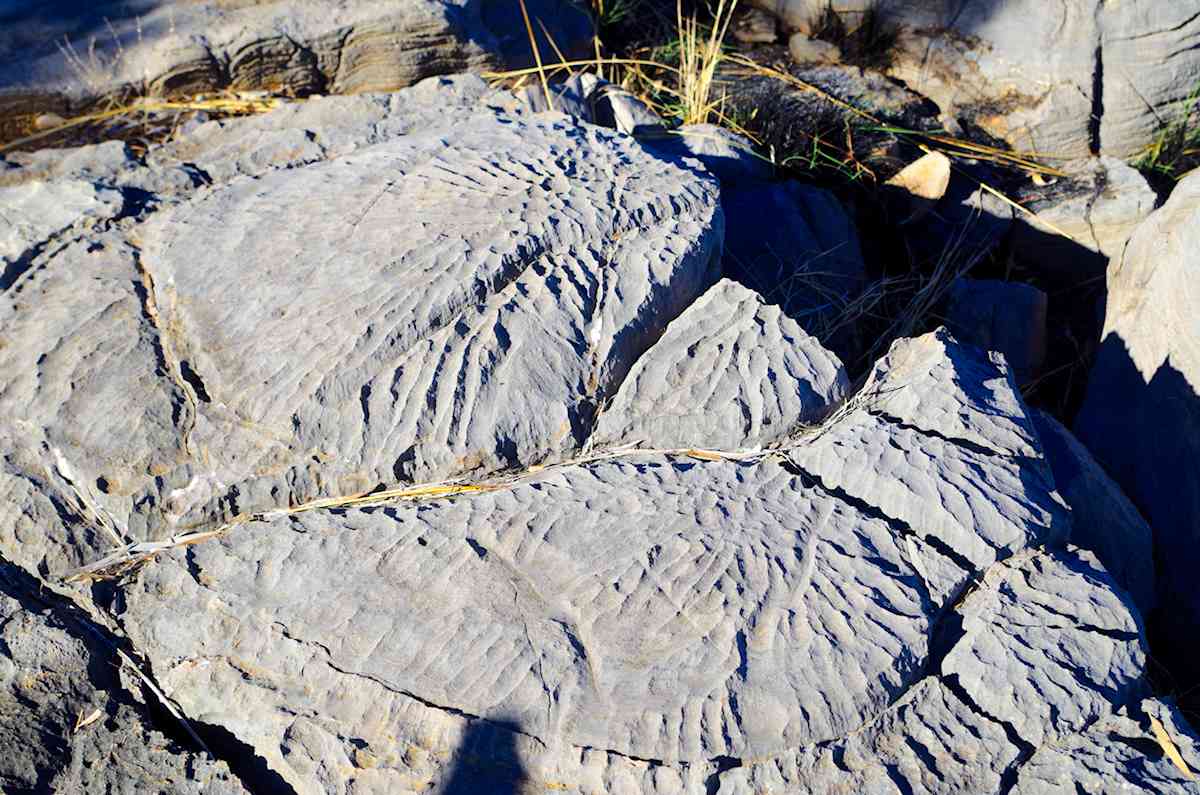
There are stromatolites, too. These are the fossilised remains of colonies of bacteria that lived in ancient shallow seas. These are many millions of years old and are considered to be the oldest evidence of life on earth. There are many in this area.
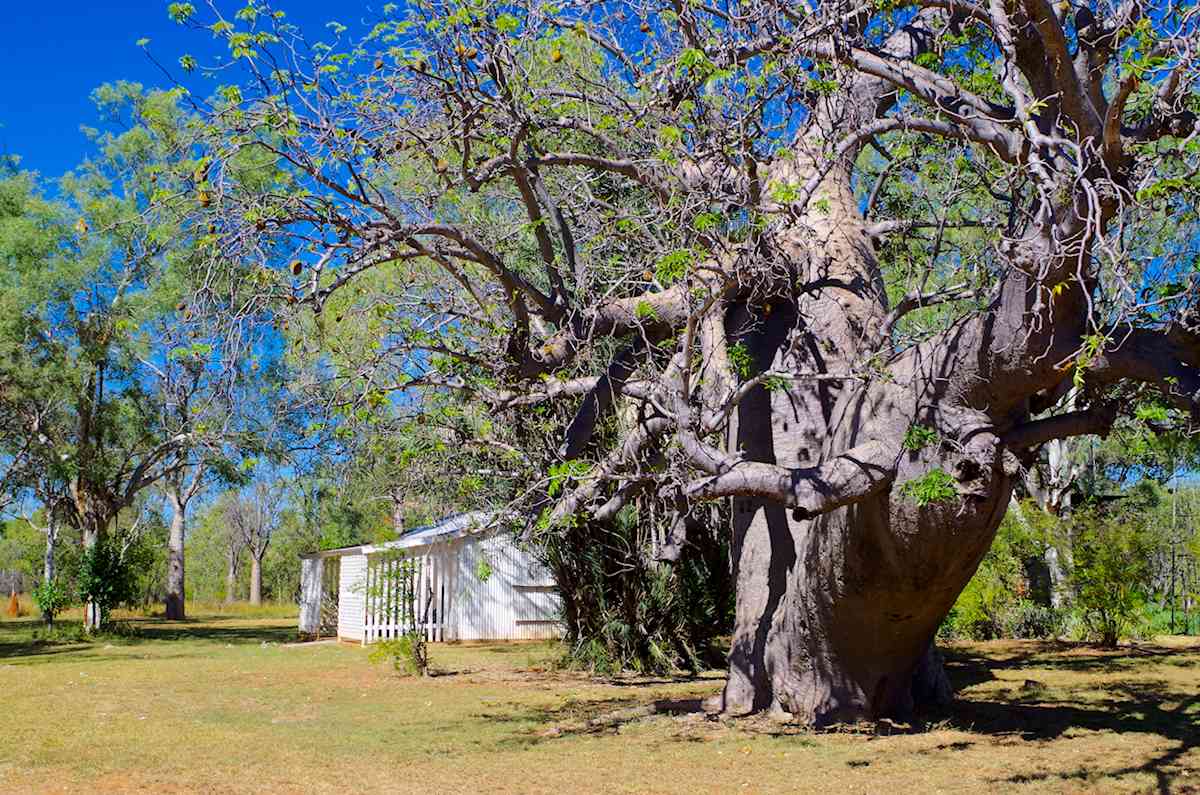
Bullita station was originally owned by the Durack family, another well-known name in this area.
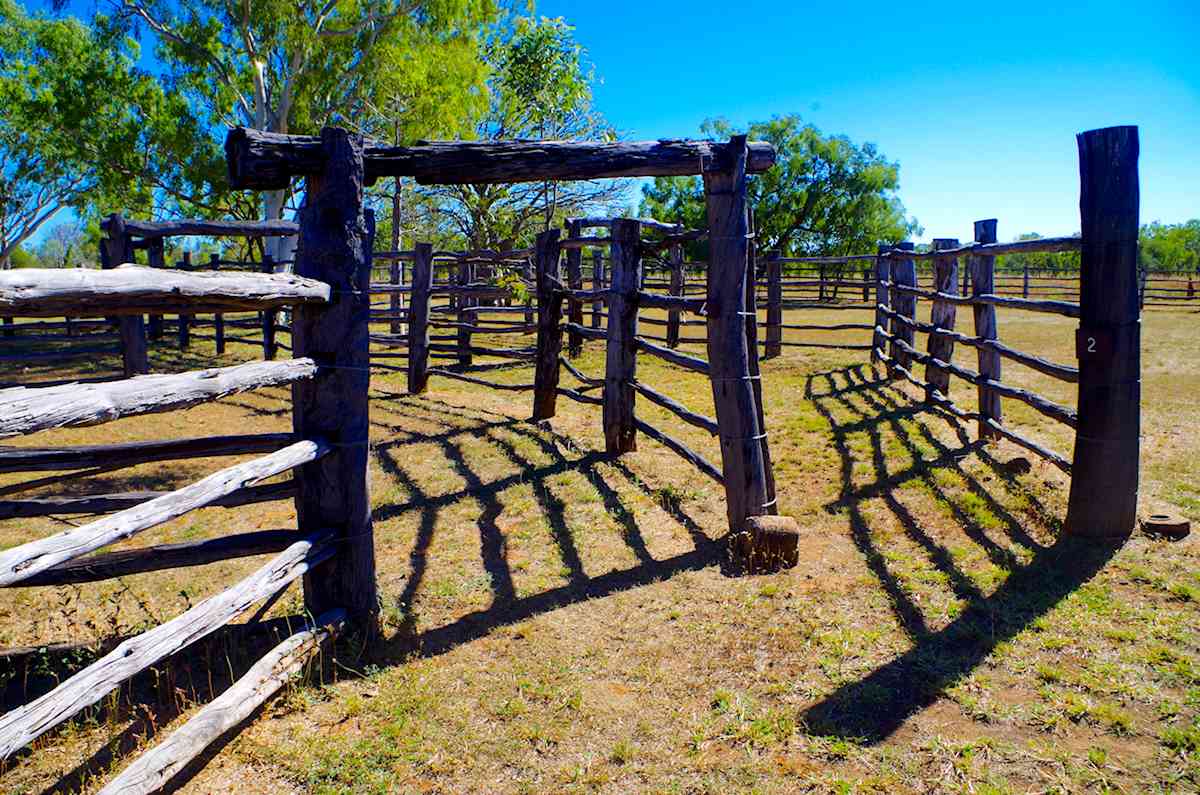
Charlie bought this property in 1945 and it became an outstation to Humbert River. The stockyards were built by in the early 1950’s. These are still kept in good repair today but most of the around forty stockyards built on the property have succumbed to time, fire and termites.
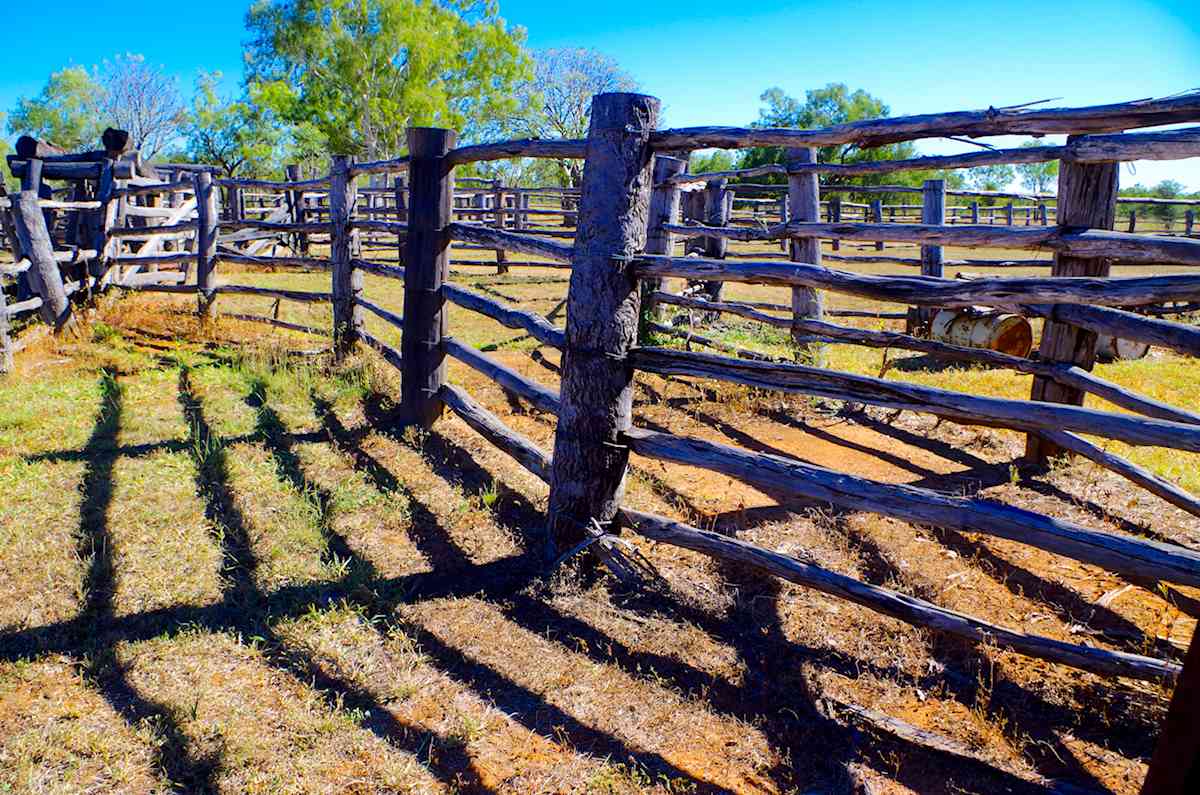
One of the stockmen at Bullita for a time was Tom Cole, a renowned stockman and horse breaker in his own right.
We know incredible details of Tom’s day to day life out here, as his regular letters to his Mum survive. One incident he describes in 1929 involved the ‘boss-man’ falling from his horse and hitting his head. When the guy began behaving (as Tom puts it) “like a happy lunatic” and started drinking kerosene, the stockman realised that something was awry! Tom rode nearly 130Kms from this remote homestead to get medical help for his friend.
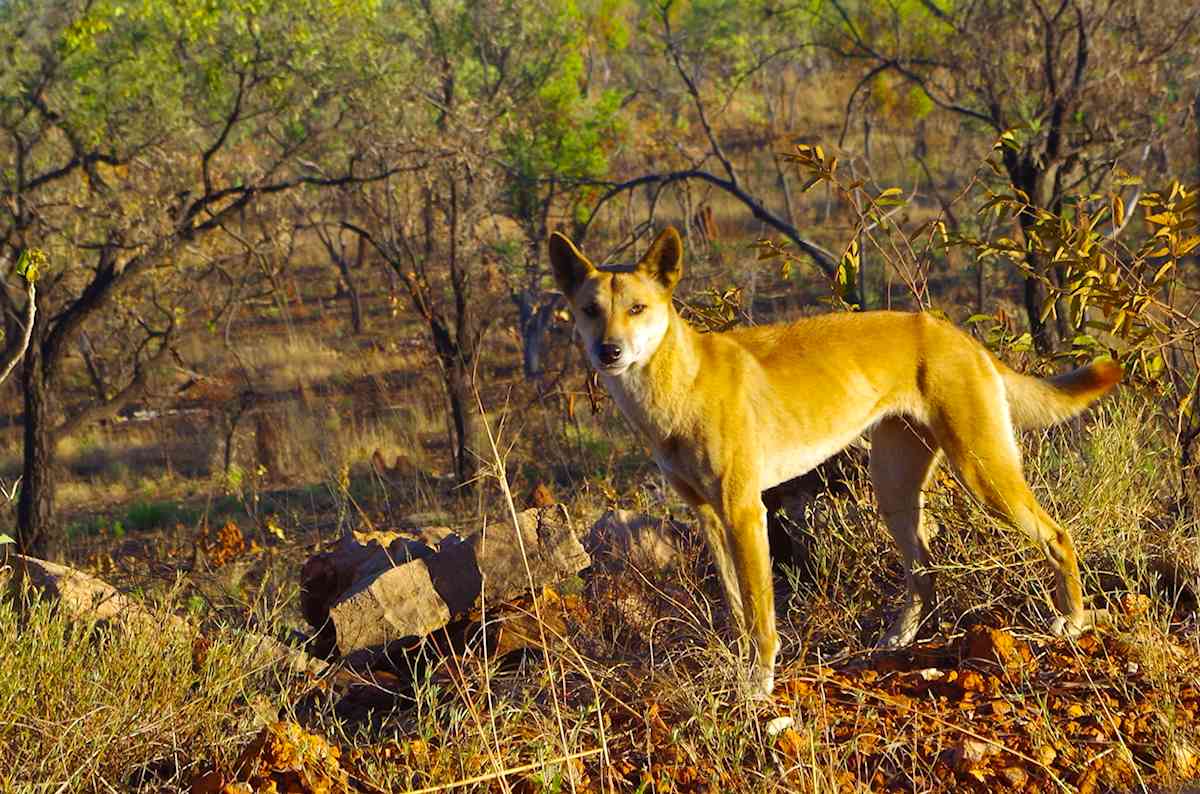
The park still harbours feral cattle and brumbies, as well as being home to sea eagles and dingos. Oh, and saltwater crocs, of course!
After spending the night at the campground near the old Bullita homestead, I continued my travel down the Binns Track. Known locally as the Humbert Track, this rough path literally follows the original stock route that made its way between Bullita and Humbert River homestead, around sixty slow kilometres away.
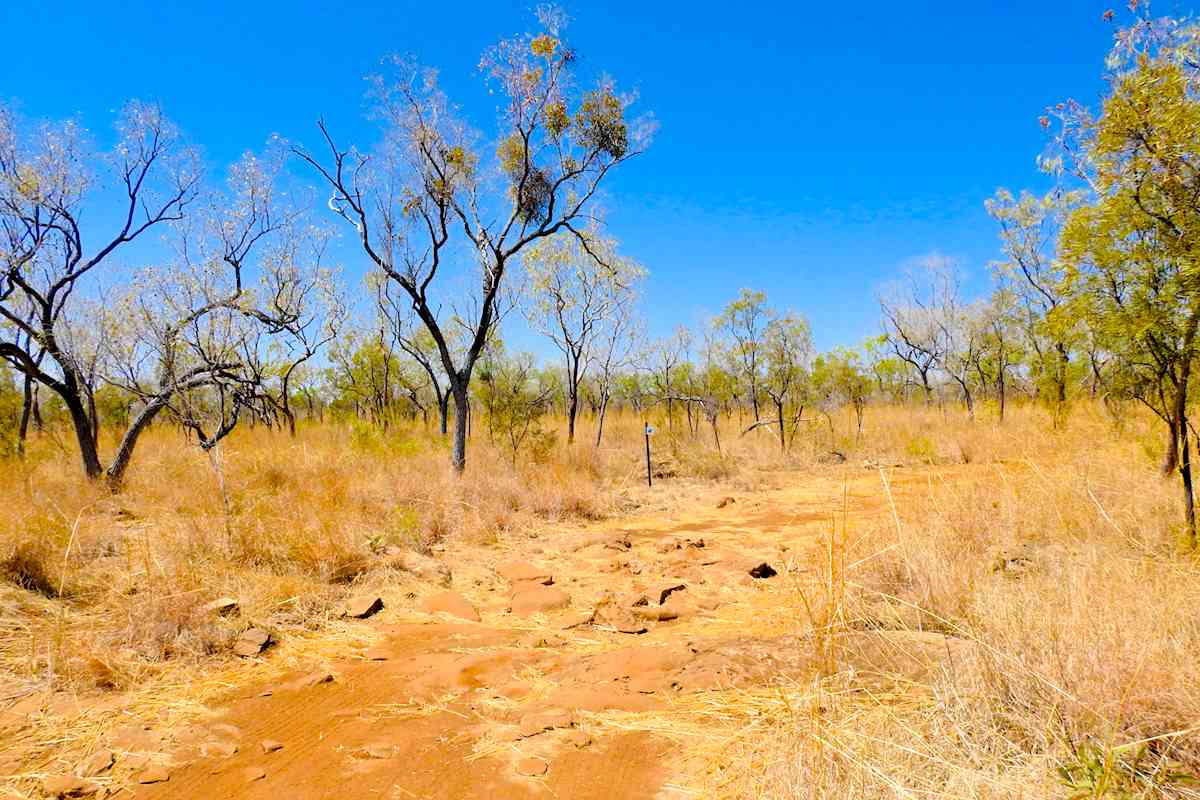
As the track is not in real good condition, I drove very carefully. Walking speed was the fastest I dared travel to avoid tyre damage on this rough rocky trail. I would certainly have had a more pleasant journey on a horse than rocking along in the car!
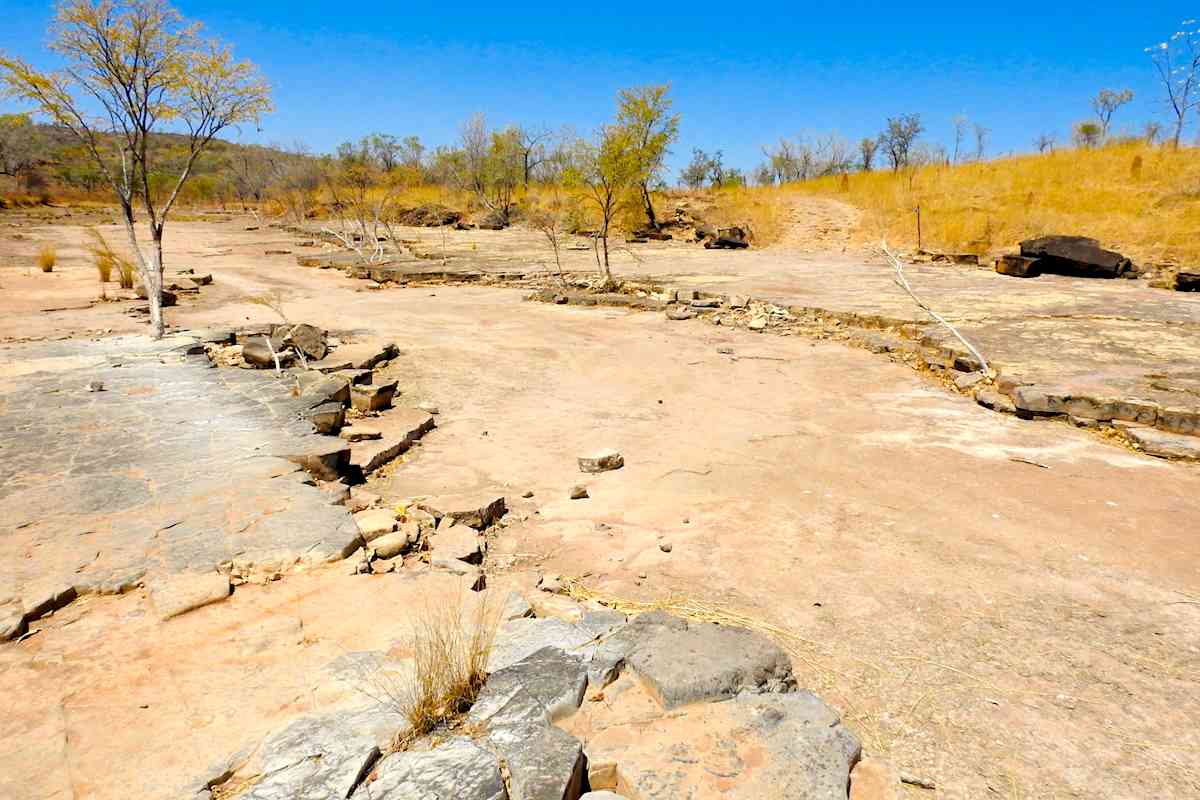
The crossing over the Humbert River was interesting. Sharp rock ledges look almost man-made and make for a treacherous crossing, potentially destroying suspension and tyres. Fortunately there was no water flowing, so I could plan the best route across the rough rock steps.
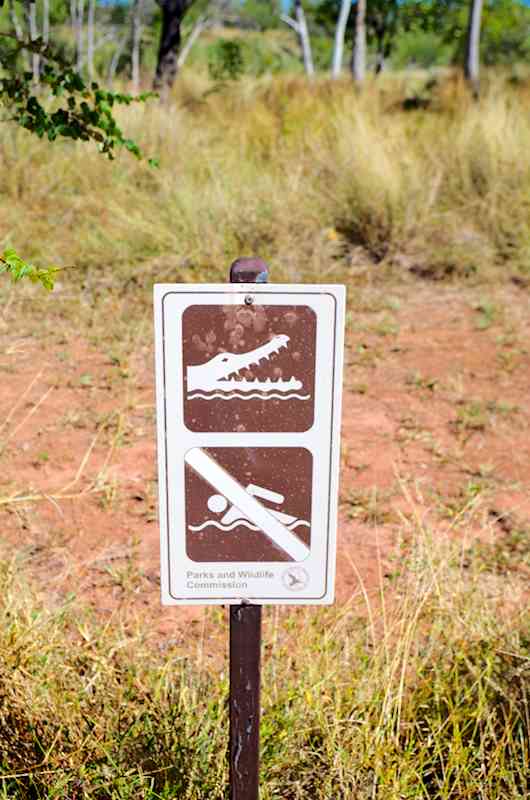
Just to add another element of fun, some waterholes are still extant in these rivers. As there is a good chance of these being a refuge for saltwater crocs, it does pay to be extra careful here.
That afternoon, after a very hard day driving, I arrived at the old Top Humbert Yards. These former stock yards are now used as a camping area.
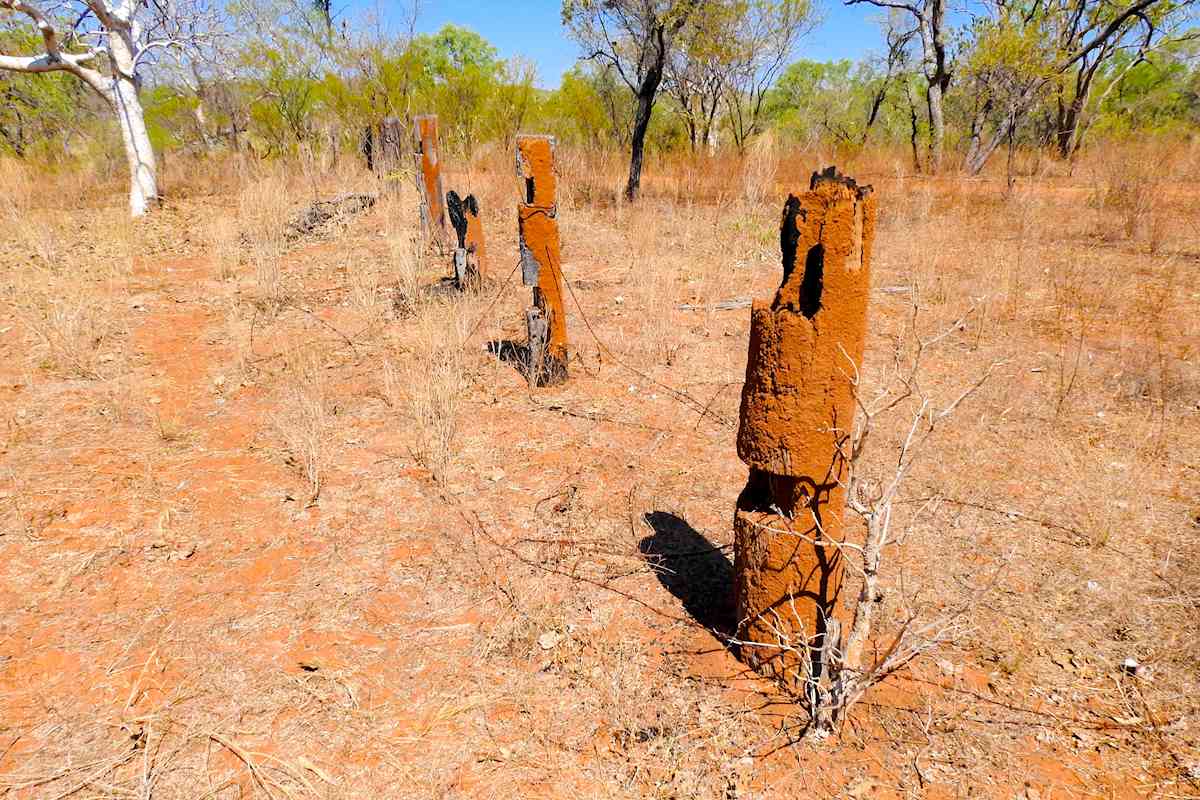
Nature is slowly reclaiming the old yards. Trees are invading the previously cleared spaces and the railing posts are being conquered by termites. Former shelters for the stockmen are now just piles of rusting corrugated iron.
Finishing this slow track the next day, I passed through some pretty famous pastoral country. This land is Victoria River Downs, one of the most legendary cattle stations in Australia.
Arriving at Top Springs, which is literally only a roadhouse, I was now at the start of one of the most notorious stock routes in Australia, the Murranji Track.
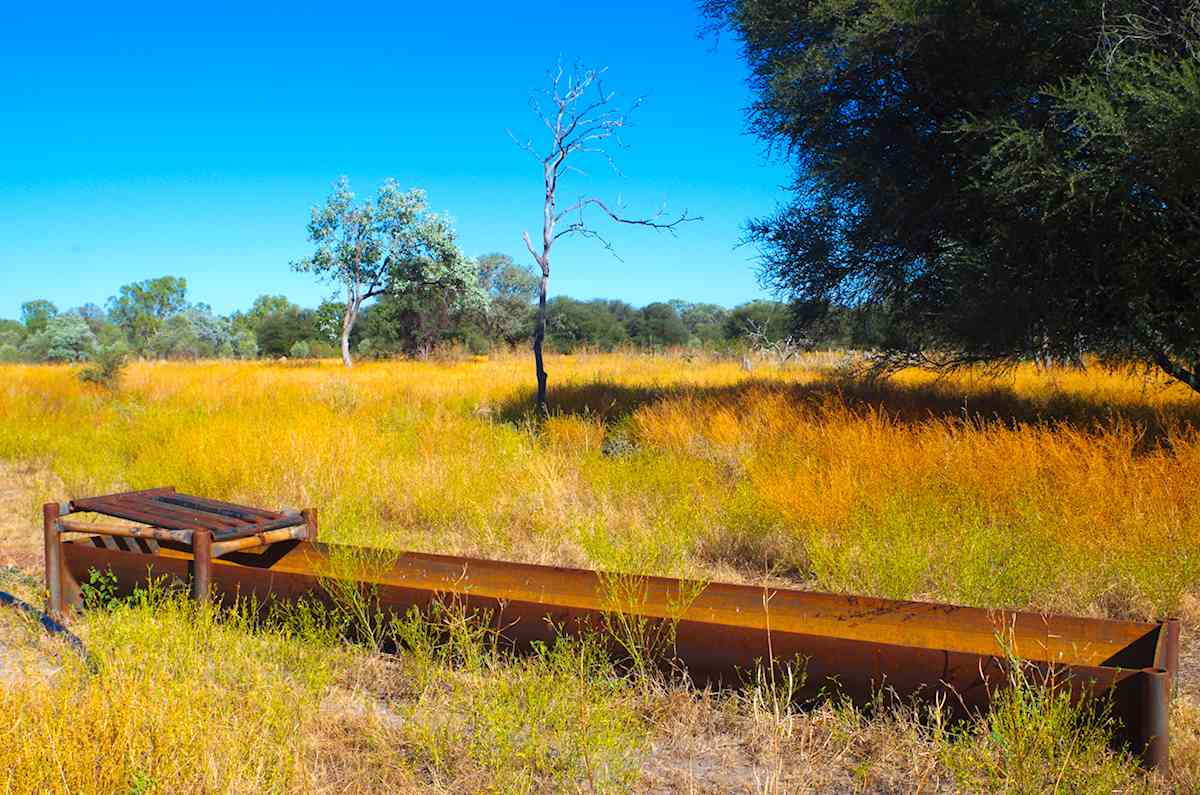
Not much remains of this 220 kilometre stock route that ran between Top Springs and Newcastle Waters. It was known as the most hazardous in Australia.
There was a perilous shortage of water along the way. Cattle were spooked in the thick undergrowth and often stampeded. Many stockmen died of thirst or fever out here.
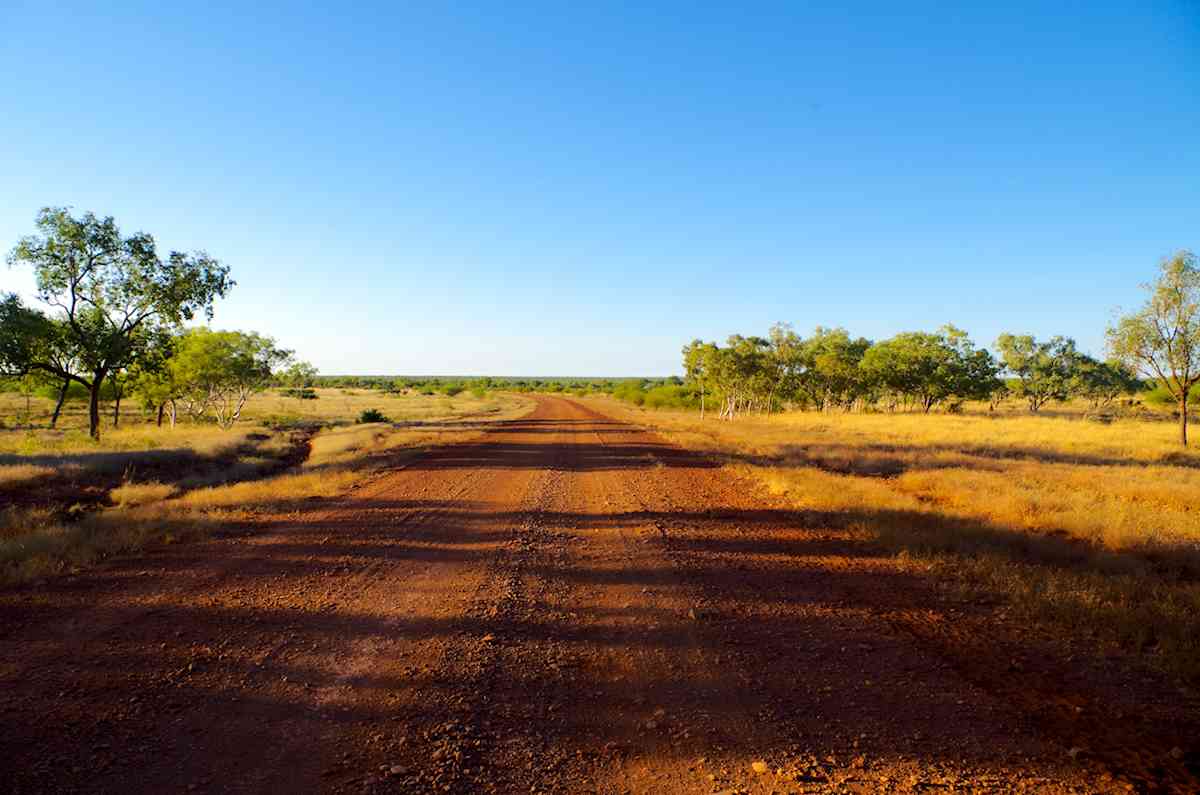
The road now more or less follows the Murranji down to Newcastle Waters, where the old stock route finished.
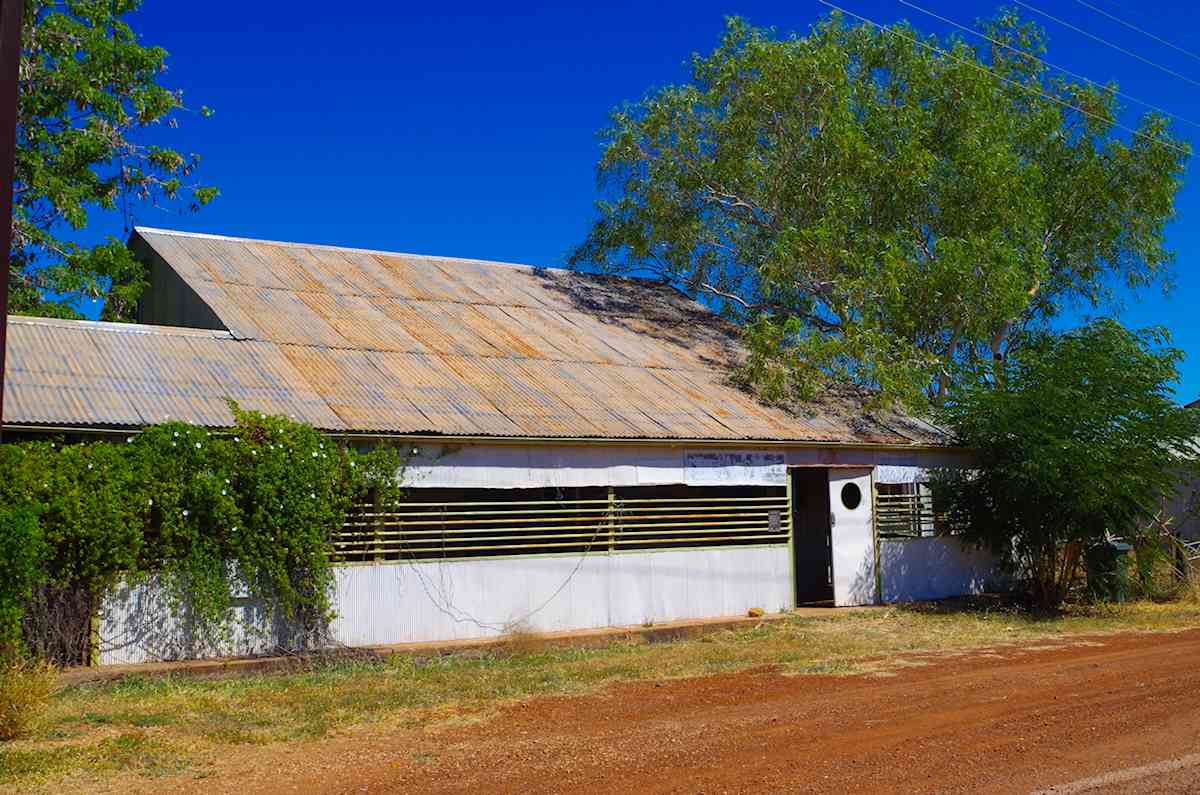
The original pub is still here and is in good repair, even though it closed in 1976. The tired and thirsty stockmen would often drink their entire wage at the pub.
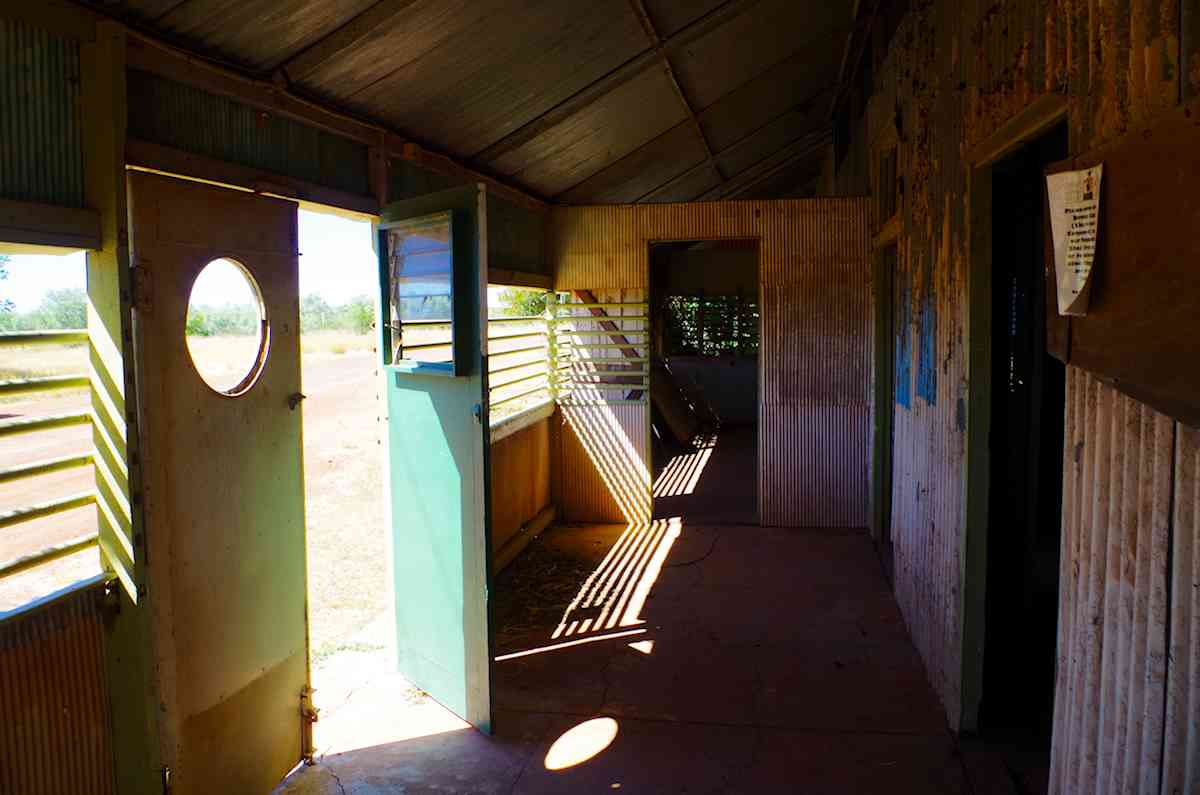
They would hand their earnings cheque over the bar and as many of them were unschooled, they trusted the publican to tell them when their money had run out!
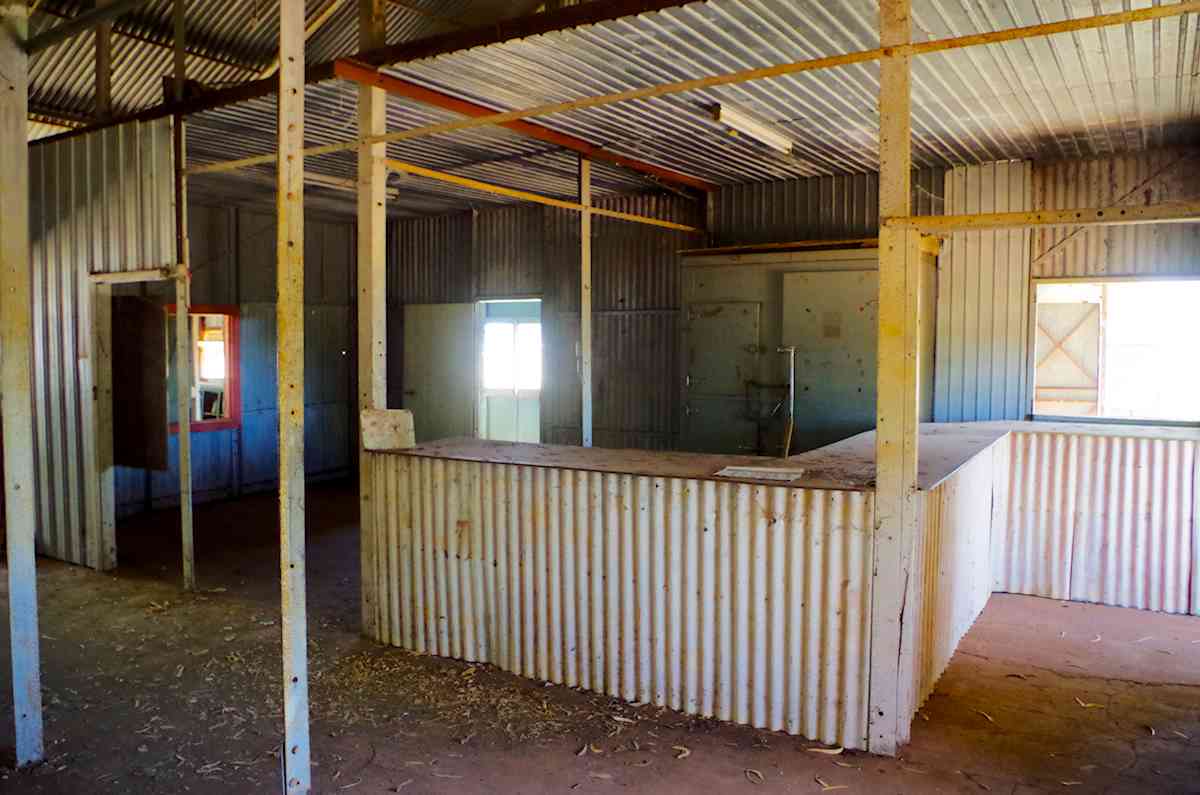
The pub would have been a wild place in the day when the stockmen came to town. It is a poignant reminder of the legendary era of cattle droving, a time now fading away into the past.

